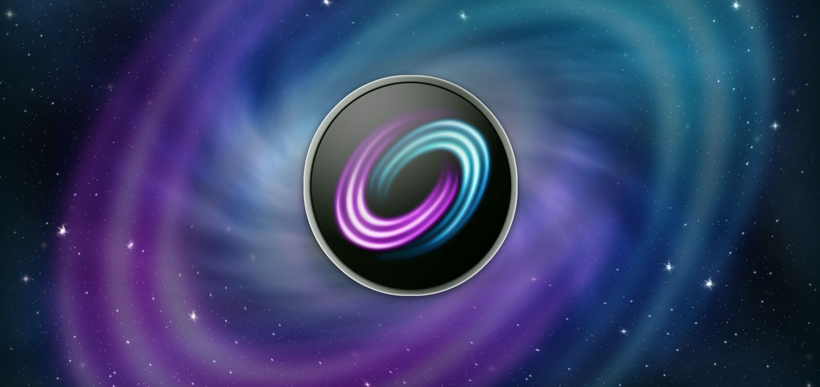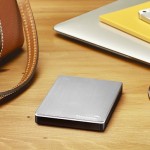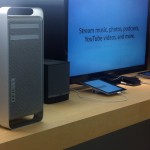Apple Fusion Drive or Solid State Drive, what is the difference? While there is a lot of buzz in the tech world about the new Apple Fusion drive, there is also a fair amount of confusion. Just what is this revolutionary new development? Is it possibly a better option than solid-state drives? And if so, just how does the technology work?

For those who need a high-capacity and high-speed drive, Fusion may be the answer. It partners the large storage capacity of a traditional hard drive with the excellent performance of a flash drive, making it a popular choice for photographers, designers and anyone else who needs to upload large amounts of data in an efficient manner.
Traditionally disc-intensive tasks, which range from starting up your system to uploading high-resolution photographs, are more efficient with the intelligent Fusion drive. That’s because it “fuses” traditional and flash drive technology together. The more you use it, the more the system detects what your needs are and adapts to suit them – frequently used programs are kept in flash storage while anything you access less often is kept in the traditional hard drive.
Furthermore, on Mac computers that are equipped with the Fusion drive, file transfers take place in the background, ensuring that your computing experience isn’t spoiled by lagging or other hindrances typically associated with uploading.
While the Fusion drive offers more than enough power and storage space for the average computer user, and is still up to the task of handling file transfers for heavy users, Apple does offer additional options for those who require an exceptional level of storage capacity and transfer speeds. New iMacs can now be configured with 1 TB of flash storage that is 50% faster than previous models, ensuring even extraordinary amounts of data can be uploaded and stored in an efficient manner.
So, why pick the Fusion drive over a solid-state drive or even a regular hard drive? The two most common deciding factors are speed and price. While there are those who far prefer Fusion to solid state drives, there is no doubt that SSD is the purest, fastest option on the market right now. Those who have worked with SSD drives in their Mac computers swear they’ll never go back to a traditional hard drive.
However, the downside is the cost. You get what you pay for, and a 1 TB Fusion drive is an affordable $250.00 option for your new Mac computer, compared to spending up to $1300.00 on a similar solid-state drive. If you’re willing and able to potentially double the cost of your new MacBook or iMac, then solid state is the way to go. By comparison, a new Fusion drive is affordable and still provides transfer speeds and storage capacity sure to “wow” anyone transitioning from a traditional hard drive.
The Fusion drive is also an excellent option for anyone who’s still using a Mac with a hard disc drive. Should you be after increased performance, but not to the extent of someone who needs to spend a considerable amount on SSD, the Fusion drive is an affordable choice. Better than just a “middle of the road” option, it provides the best of both worlds – lightning fast flash performance when you need it, with the large capacity of HDD.





